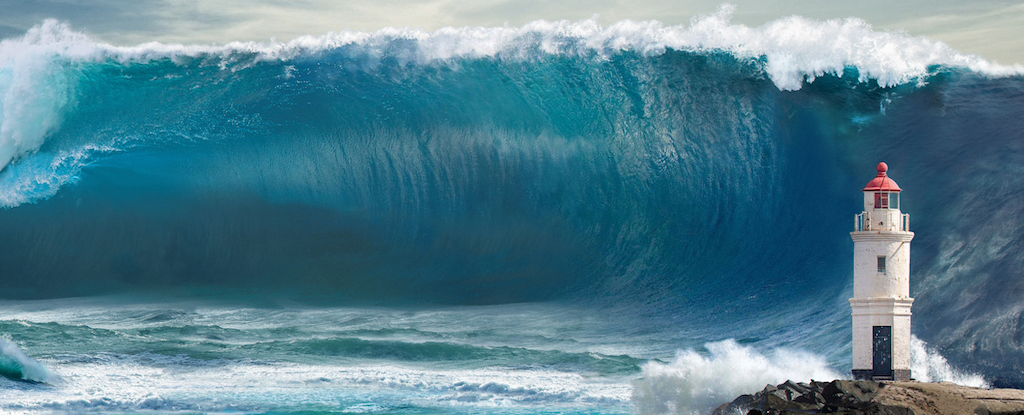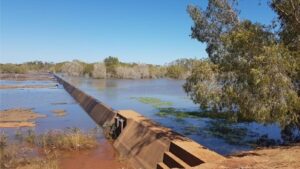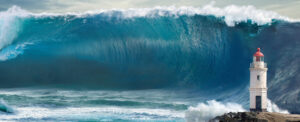
Rogue waves, the towering giants of the ocean, have long intrigued both sailors and scientists. A recent study published in Nature Scientific Reports provides significant insights into these unpredictable phenomena. By analyzing 18 years of data from the Ekofisk oil platform in the central North Sea, researchers have concluded that rogue waves are not merely random occurrences but rather the result of natural oceanic processes.
Over the course of the study, a team led by Francesco Fedele, an Associate Professor at the Georgia Institute of Technology, examined nearly 27,500 half-hour wave records collected between 2003 and 2020. These records captured various sea states, including significant storm events, such as the Andrea wave event in 2007. The findings challenge previous assumptions about rogue waves, which can reach heights of 65 feet (20 meters) or more and can be more than double the height of surrounding waves.
The researchers focused on the mechanisms behind the sudden formation of rogue waves, traditionally explained by the theory of modulational instability. However, Fedele’s team revised this theory, finding that it fails to adequately describe rogue waves in open water. Instead, the study suggests that these waves arise predominantly from a process known as constructive interference, where multiple smaller waves converge and combine into a single, massive wave.
The concept of constructive interference is crucial in understanding rogue waves. It occurs when the crests of smaller waves align and amplify each other, creating a larger wave that can momentarily rise above its surroundings. Fedele likens this to a crowd leaving a stadium: in a narrow exit, individuals may push against one another, creating a pileup, similar to how rogue waves form when waves become confined. In open water, however, waves are free to propagate from various directions, complicating the formation of rogue waves.
Through statistical analysis, the researchers uncovered a quasi-deterministic pattern in rogue wave formation. Although these waves appear erratic, they follow a recognizable and repeatable pattern influenced by the natural asymmetry of sea waves. The peaks of rogue waves are sharper and steeper than their troughs, allowing for the rapid stacking of wave crests.
On November 24, 2023, a powerful storm in the North Sea produced a rogue wave measuring 55 feet (17 meters), providing a real-world example to apply Fedele’s findings. Utilizing both the quasi-determinism theory and artificial intelligence models, the team identified that this extreme wave arose from multiple smaller waves converging and stacking together.
Understanding the mechanics behind rogue waves is crucial for improving safety in maritime operations. By recognizing how these waves form, engineers can design stronger ships and offshore structures, enabling better risk management in unpredictable ocean conditions.
As researchers continue to study the complexities of ocean dynamics, the insights gained from this research could help mitigate potential dangers posed by rogue waves, ensuring safer navigation for those at sea.







